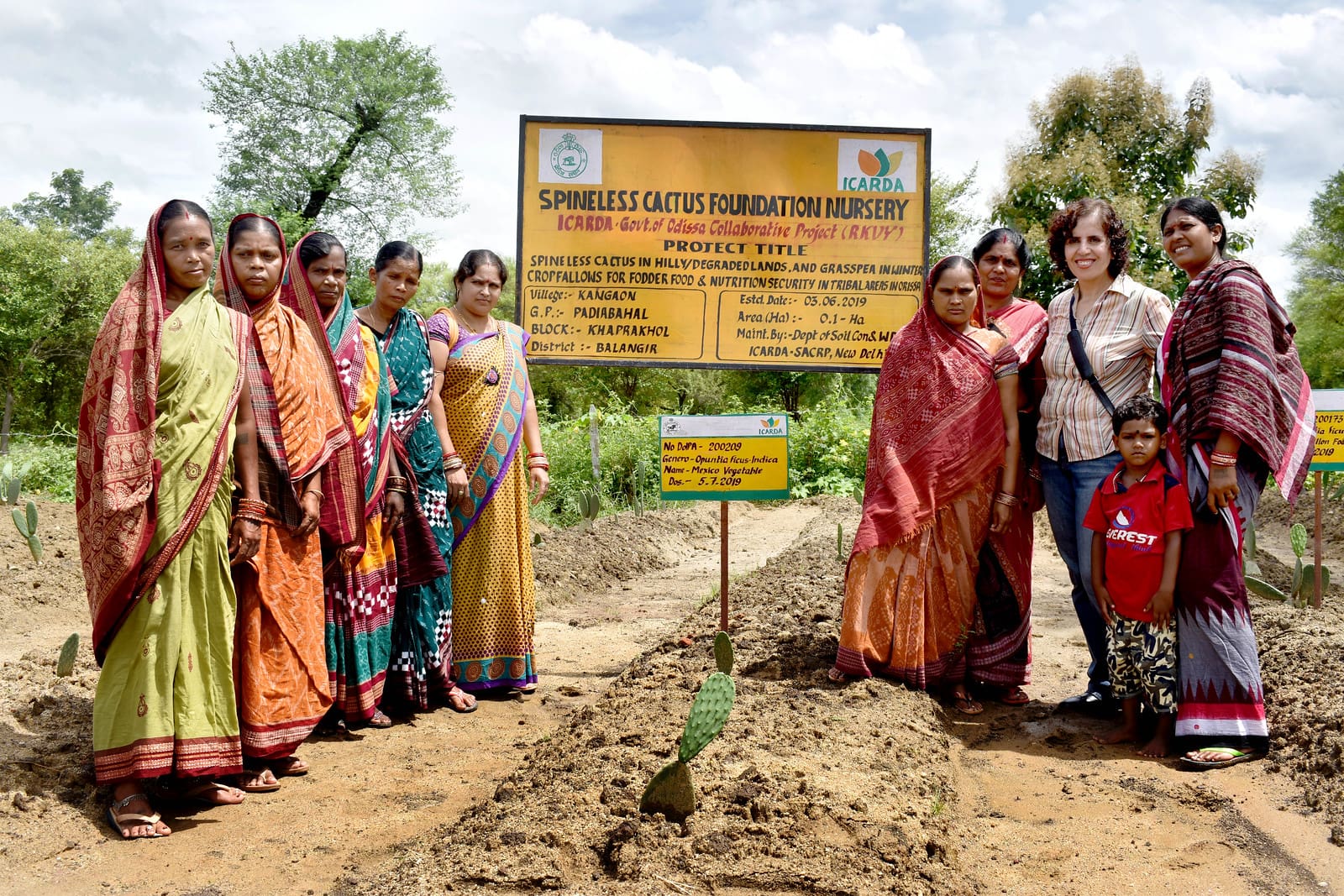Wheat rust early warning works for Ethiopian farmers
Working with national and international partners in Ethiopia, scientists from the CGIAR Research Program on Wheat (WHEAT) collaborated to fight wheat rust through surveillance, advanced epidemiological modeling, and an alert system for farmers.
Globally, wheat yellow rust is spreading, causing wheat yield losses of 10-70% and crop losses of 5.5M tons per year. All rust spores can migrate long distances and mutate quickly to produce diverse populations that are difficult to control. In Ethiopia, almost 5 million smallholder farming households that grow wheat struggle with virulent, rapidly evolving yellow and stem rust.
Based on one the most comprehensive surveillance campaigns of wheat rusts in Africa, WHEAT researchers identified major trends in the distribution of wheat stem, stripe, and leaf rust. Results showed very high infection levels, with stem rust dominating.
The most comprehensive surveillance campaign of wheat rusts in Africa allowed WHEAT researchers to identify major trends in rust distribution.
Recurrent rust outbreaks led to substantial economic losses that add up to tens of millions in U.S. dollars per year. The widely adopted wheat variety Digalu showed a marked increase in disease prevalence, indicating a pronounced boom-and-bust cycle of major gene resistance.
Early warning activities helped farmers and authorities respond effectively to outbreaks of stem and yellow rust, avoiding catastrophic crop losses. A Farmers’ Hotline, created by Ethiopia’s Agricultural Transformation Agency (ATA), allowed information to be rapidly and directly shared with the hotline’s 5.1 million registered farmers and extension agents.
Early warning activities led by WHEAT help farmers and authorities respond effectively to wheat rust outbreaks and avoid catastrophic crop losses.
Effective early warning systems rely on long-term standardized surveillance efforts. MARPLE (Mobile And Real-time PLant disEase), a rapid diagnostic field test for all rust types that was piloted in 2018, has revolutionized pathogen surveillance and reduced the risk for smallholder farmers. MARPLE has been scaled out to multiple hubs in Ethiopia, with support from the CGIAR Big Data Platform and UK partners.
Moving forward, applied research is needed to advance modeling. The performance of the predictive models is moderate for stem rust, but still too poor for stripe and leaf rust. Minor improvements to current crop management practices can also deliver additional production without expanding wheat area. These changes will require inputs and technologies that many farmers are not yet using, such as effective control of pests, diseases, weeds, and mechanization.



